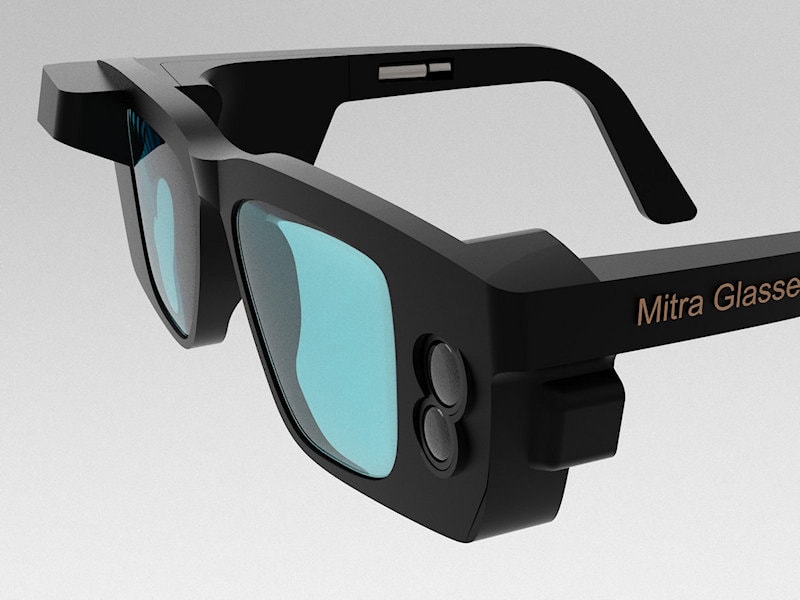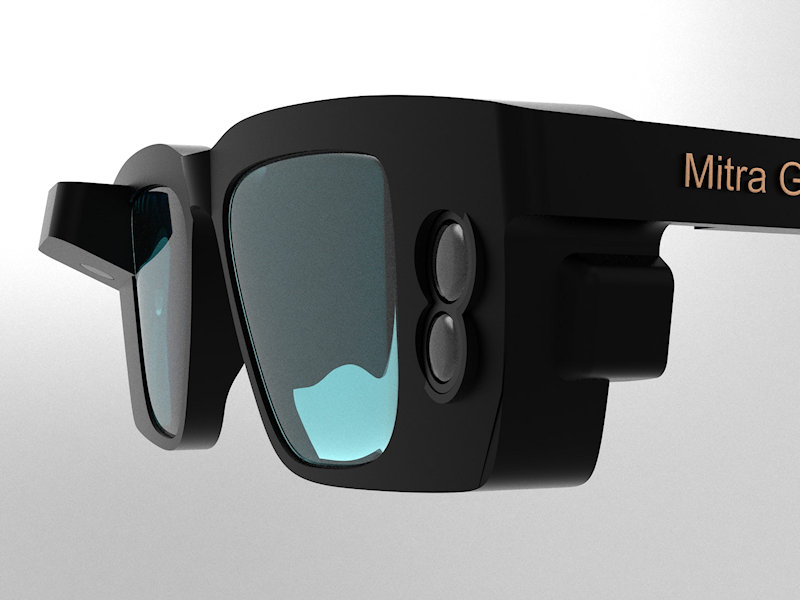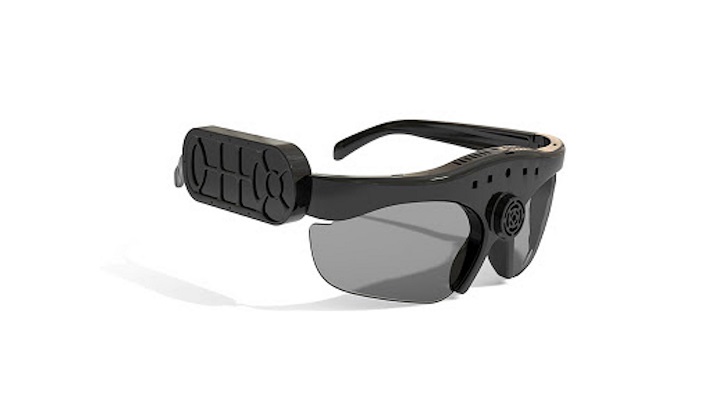Empowering Self-reliance With Assistive Modern Technology for the Blind
The combination of assistive technology for people that are blind or aesthetically damaged represents a significant improvement in cultivating independence and boosting top quality of life. With a series of tools-- from screen visitors to cutting-edge tactile tools-- these modern technologies not only assist in navigating and interaction however additionally advertise social inclusion and involvement in numerous aspects of life. As we check out the varied kinds of assistive gadgets and their real-world applications, it ends up being clear that the impact is profound. The development of this technology elevates important concerns about availability and future advancements that necessitate more exam.
Recognizing Assistive Innovation
Although assistive modern technology has actually advanced dramatically throughout the years, its essential function continues to be the same: to enhance the lifestyle for people with specials needs, especially those that are blind or aesthetically damaged. This modern technology encompasses a broad series of tools and tools that help with self-reliance and performance in everyday activities.
Assistive technology can be categorized into modern and low-tech remedies, each developed to satisfy particular demands. Modern devices typically include software application applications, specialized hardware, and flexible gadgets that make use of advanced modern technology to offer assistance in numerous contexts. Alternatively, low-tech services might involve everyday things that are modified to enhance ease of access, such as magnifiers or tactile markers.
The assimilation of assistive technology right into the lives of individuals who are blind or aesthetically impaired not only promotes autonomy however additionally fosters social addition and engagement in academic and specialist atmospheres. By leveraging these technologies, users can navigate their environments, accessibility details, and connect efficiently, consequently improving their total lifestyle. Understanding assistive innovation is critical for advocates, professionals, and caregivers that intend to sustain individuals in maximizing their potential and achieving higher freedom.
Kinds of Assistive Instruments
Assistive tools for the aesthetically damaged and blind are essential devices that boost daily living by dealing with certain difficulties encountered by users. These devices can be broadly categorized into 3 major kinds: optical devices, digital tools, and sensory devices.

Sensory gadgets, such as Braille displays and responsive maps, provide different methods to receive info. Braille presents convert electronic message right into Braille, enabling individuals to go through touch. Responsive maps offer spatial understanding with elevated textures and lines, permitting for better environmental recognition.
With each other, these assistive gadgets encourage people with visual disabilities to involve even more totally with their surroundings, promoting higher self-reliance and self-confidence in daily activities.

Impact on Daily Life
The combination of assistive technology into the day-to-day lives of individuals that are aesthetically damaged or blind substantially boosts their capacity to engage and browse with the globe around them. Instruments such as screen viewers, Braille presents, and mobile applications promote access to details, enabling individuals to engage with digital content, connect successfully, and handle everyday jobs separately.
In addition, modern technologies like wise glasses and navigation apps offer real-time help in strange environments, boosting movement and self-confidence. These devices make it possible for users to determine challenges, read indications, and also recognize faces, hence promoting a feeling of autonomy in public rooms. Furthermore, home automation systems, which can be regulated with voice commands, permit individuals to manage their living settings a lot more properly, boosting convenience and security.
The impact of assistive modern technology prolongs past functional tasks; it promotes social incorporation and psychological health. By connecting the space in between individuals and their environments, these technologies empower customers to get involved totally in neighborhood tasks, pursue academic possibilities, and engage in significant partnerships. Eventually, the advancement of assistive technology contributes in redefining the opportunities for individuals who are aesthetically damaged or blind, causing an extra obtainable and comprehensive culture.
Success Stories and Testimonies

Another powerful testimony originates from Mark, a recent university graduate that made use of display reading software application throughout his scholastic journey. This technology allowed him to gain access to training course products and join conversations, eventually bring about his successful change right into the workforce. Mark credits assistive technology for encouraging him to attain his occupation goals, highlighting its duty in leveling the playing field for individuals with visual impairments.
Furthermore, area centers have reported increased involvement in their programs many thanks to the intro of easily accessible digital platforms. These platforms have made it simpler for individuals to link, share sources, and assistance one an additional. These success tales jointly underscore the extensive impact of assistive modern technology in cultivating self-reliance, improving high quality of life, and breaking down barriers for the blind and aesthetically damaged community.
Future Patterns in Assistive Tech
Emerging technologies are positioned to change the landscape of assistive tech for people who are blind or visually impaired. Innovations in man-made intelligence (AI) and device understanding are improving the capabilities of gadgets, making it possible for more user-friendly customer experiences. AI-driven applications are increasingly able to check out and identify objects message out loud in real-time, offering customers with important info concerning their surroundings.
Furthermore, advancements in wearable technology are creating new opportunities for freedom. Smart glasses geared up with augmented fact features can overlay critical information onto how to be an optometrist the user's visual field, assisting in navigation and interaction with the environment. The combination of Internet of Things (IoT) devices is find more simplifying access in clever homes, enabling customers to regulate devices and get notifications through voice commands or tactile interfaces.
The development of braille screens and tactile comments systems is also increasing, promoting access to electronic material and improving interaction. As these innovations remain to evolve, they guarantee to boost everyday living, academic chances, and work leads for individuals with visual impairments. Continuous collaboration in between technologists, users, and advocacy teams will be necessary in making certain these innovations meet the demands of the neighborhood successfully.
Final Thought
In conclusion, assistive modern technology plays a critical duty in enhancing the freedom of people who are blind or aesthetically impaired. By giving necessary devices and resources, these modern technologies help with improved navigation, interaction, and accessibility to information, thereby promoting autonomy and positive self-image. The transformative influence of assistive gadgets not just promotes efficient interaction with the atmosphere however also urges social addition and engagement in different aspects of life, eventually empowering users to grow within their areas.
The integration of assistive innovation for individuals who are blind or visually damaged stands for a significant innovation in fostering freedom and boosting high quality of life.The assimilation of assistive innovation into the lives of individuals that are blind or aesthetically impaired not just advertises autonomy yet also fosters social incorporation and participation in educational and expert atmospheres. Eventually, the advancement of assistive technology is instrumental in redefining the opportunities for people who are aesthetically damaged or blind, leading to a more available and inclusive culture.
Several individuals that are blind or visually damaged have actually shared inspiring success stories that highlight the transformative effect of assistive technology on their lives.In More Help final thought, assistive modern technology plays an essential role in boosting the self-reliance of individuals that are aesthetically damaged or blind.